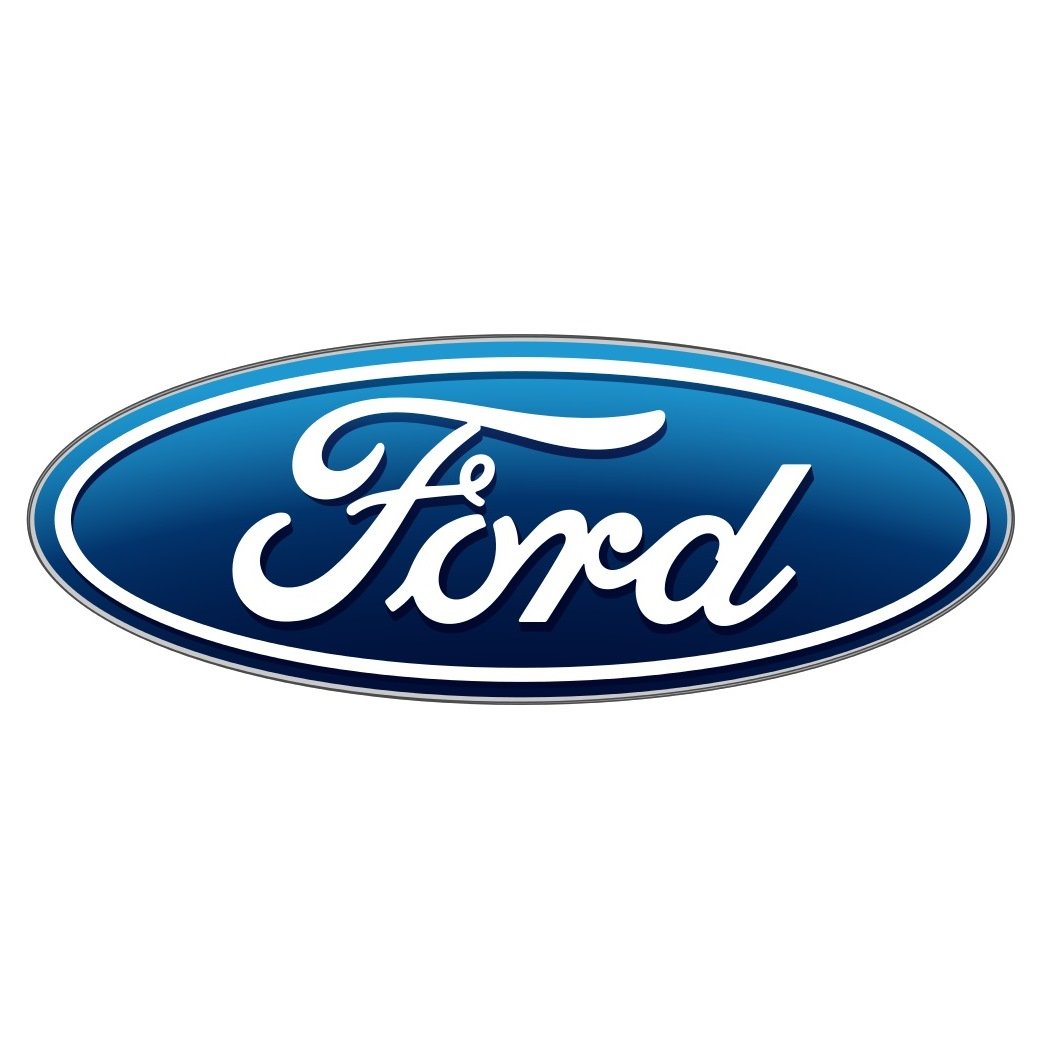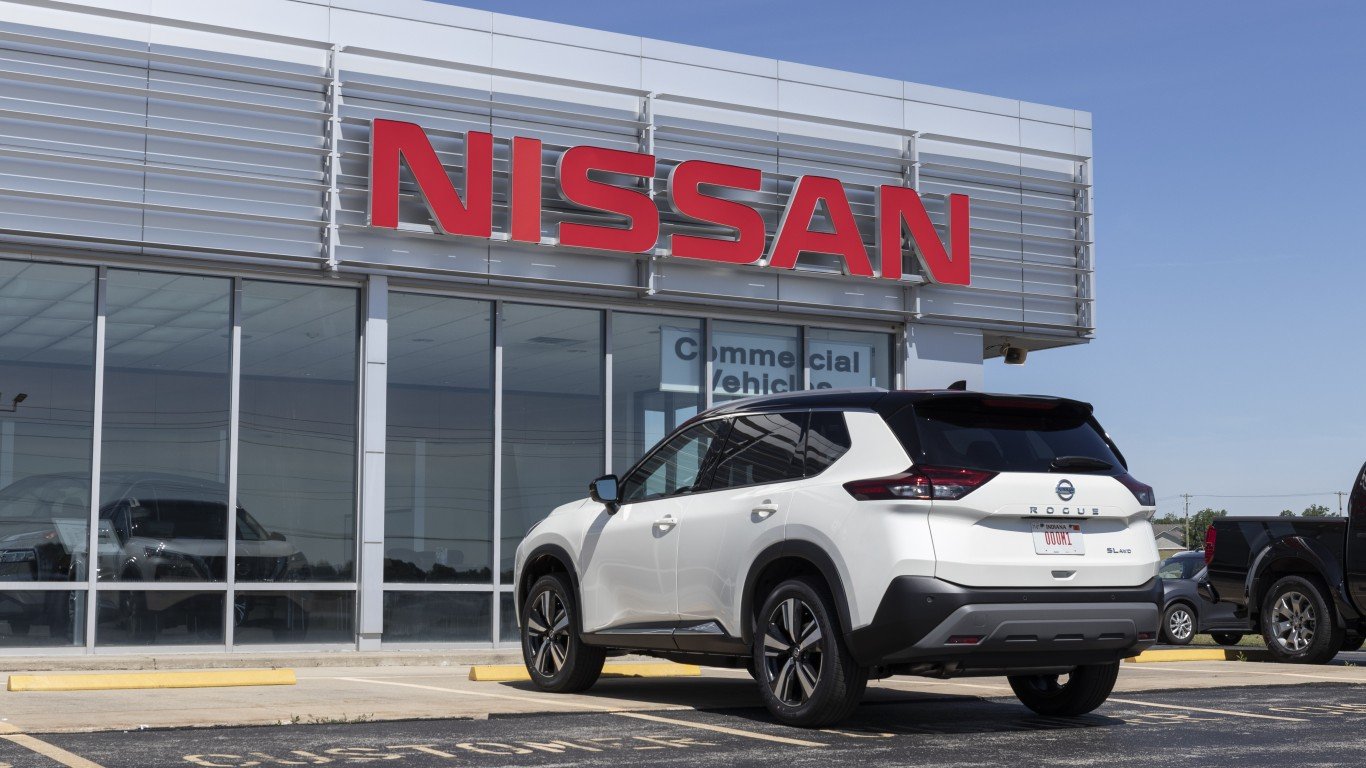

Ford Motor Co. (NYSE: F) said Wednesday morning in its investor-day presentation that the company sees 20% margins down the road in new car technologies like electric vehicles, autonomous driving and network-connected vehicles. Ford investors do not appear to be seeing the same thing.
The company’s vision is going to cost investors something, and that’s never popular. Ford already has reduced its projection of adjusted pretax profit to $10.2 billion in the current fiscal year, down $600 million from the 2015 total. The cut is entirely due to a $640 million recall program to replace faulty door latches.
Without putting a specific number on the cost, Ford said that results will decline in fiscal 2017 as the company invests in emerging technologies. Ford does expect profits to improve in 2018, but again no numbers were attached.
Operating margin in the company’s core auto business was 6.8% in 2015, and that is projected to decline in both 2016 and 2017 before improving in 2018. Again no numbers were specified.
Ford expects to generate cost efficiencies totaling $3 billion in the three-year period through 2018 while capital spending is set to rise from 4.9% of automobile revenues to 5.3% next year and 5.6% in 2018. The return on invested capital (ROIC) is expected to continue to exceed the cost of capital (in 2015 ROIC was 15% and the cost of capital was 9%). Ford did not provide any numbers here either.
The company sees U.S. GDP growing by 1.6% in 2016, 2.2% in 2017, and 2.1% in 2018. Total U.S. light vehicle sales are forecast at 17.8 million in 2016, 17.7 million in 2017 and 17.5 million in 2018.
See the Ford website for the full presentation.
Ford’s stock traded down about 1% Wednesday morning, at $12.25 in a 52-week range of $11.02 to $15.84. The consensus 12-month price target is $13.41.
Essential Tips for Investing: Sponsored
A financial advisor can help you understand the advantages and disadvantages of investment properties. Finding a qualified financial advisor doesn’t have to be hard. SmartAsset’s free tool matches you with up to three financial advisors who serve your area, and you can interview your advisor matches at no cost to decide which one is right for you. If you’re ready to find an advisor who can help you achieve your financial goals, get started now.
Investing in real estate can diversify your portfolio. But expanding your horizons may add additional costs. If you’re an investor looking to minimize expenses, consider checking out online brokerages. They often offer low investment fees, helping you maximize your profit.
Thank you for reading! Have some feedback for us?
Contact the 24/7 Wall St. editorial team.



